| Address: | Vicinity of Hugo, Oklahoma | County: | Choctaw |
| Started: | 1936 | Completed: | 1939 |
| Agencies: | WPA | NRHP: | No |
Current Usage:
Description:
The Goodland Orphanage campus contains three WPA structures: a dormitory, known as Wade Hall, a gymnasium/auditorium and a four-room educational building. The dormitory is a two story, essentially rectangular (58′ x 37′) structure with offsets and is constructed of untooled and uncoursed native sandstone. The roof is gabled with two intersecting gables on either end on the front. The roof extends between the two gables to form a porch cover supported by four square shafts. On the rear there are two roof dormers. Wood sash windows, in openings with pre-formed concrete sills and lintels, are placed symetrically. The main front entry has side lights.
The gymnasium/auditorium is situated 200 feet east at the end of an oval. It is a two story, rectangular (76′ x 74′) structure constructed of untooled and uncoursed native sandstone. Covered with Spanish tile, the roof is gabled, and entryways on the west front are placed at either end behind arches. There is an internal and an external flue. The window pattern is also symetrical, although window openings have been closed with wood inserts. These do not destroy the integrity of the building.
The classroom is located 75 feet to the south of the gym. Constructed of untooled and uncoursed native stone, it is a single story, rectangular (54′ x 88′) structure with a hipped roof. Stone selection and placement in the walls rise to the level of art. With concrete sills, wood sash windows in the classrooms reach to the eaves; doors at either end of the building are recessed behind archways.
The three buildings are significant because they created a new environment conducive to learning for both white and Indian students theretofore educationally deprived. As rural WPA buildings, they are remarkable for scale and type–Wade Hall stands as the single example of a dormitory. It is significant that they were all associated with an Indian orphanage, a situation unreplicated in Southeastern Oklahoma. Within the surrounding community the buildings were also unique architecturally because of their type, style, scale, materials and workmanship. Of course, they are important because construction of them provided work opportunities for unskilled and unemployed laborers in a rural and poverty stricken area where residents had long been on relief.
VERBAL BOUNDARY DESCRIPTION: Follow U.S. highway No. 271 south of Hugo to its intersection with state highway No. 2A and turn west, following the road for two miles to the northeast entrance of the orphanage. The nominated property begins at a point 724 feet south of the NE corner of Sec. 6, T 7 S, R 17 E, and goes west 150 feet, south 400 feet, east 150 feet and north 400 feet; and from said point of beginning goes east 416 feet for a second point of beginning, and then goes north 208 feet, east 150 feet, south 208 feet and west 150 feet.
Sources:
- Oklahoma Landmarks Inventory Nomination
- The Living New Deal
- Marjorie Barton, _Leaning on a Legacy: The WPA in Oklahoma_, Oklahoma Heritage Association, 2008. Pg. 30.
- Goodland Orphanage Campus – Hugo, OK – WPA Projects on Waymarking.com
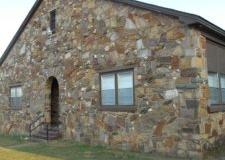
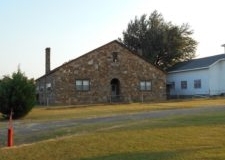
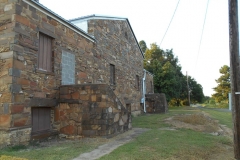
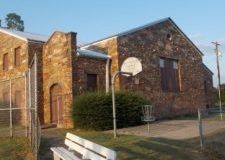
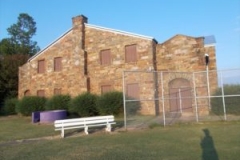



My Grandmother lived there but I can’t find any information on her. Where do I need to go to find documents?
My grandparents
John and Anne Barnes from Paris,Texas donated to you in the 40/50s
My mom Ruth Barnes Smith donated and visited there until she passed
Would love someone to contact about the Good land Home
Thank you Becca Smith Hagli
Text: 817-313-0505
Email:Texbecca@yahoo.com